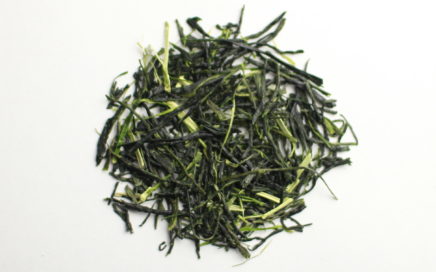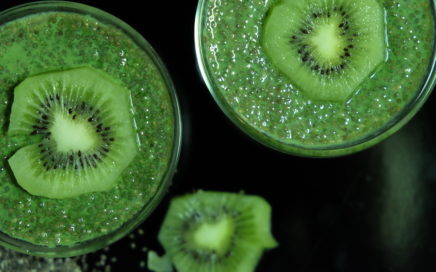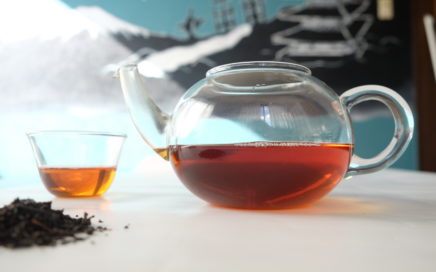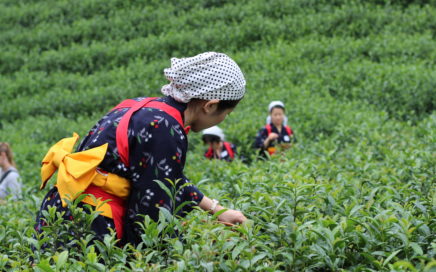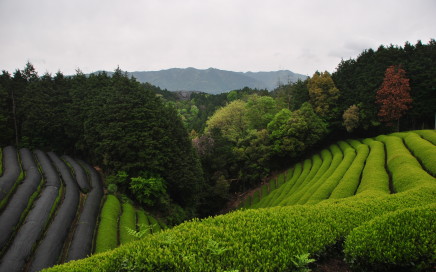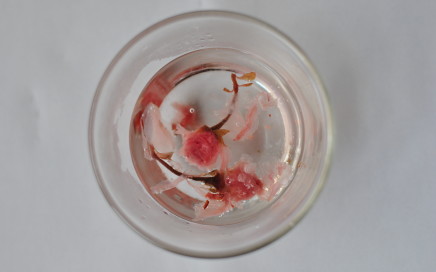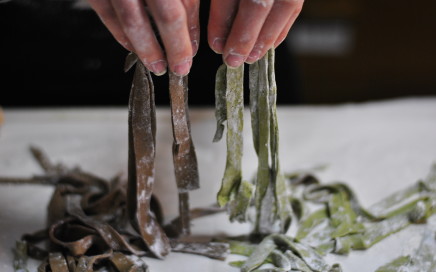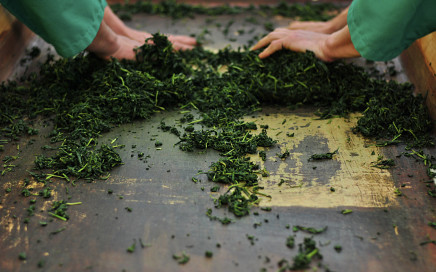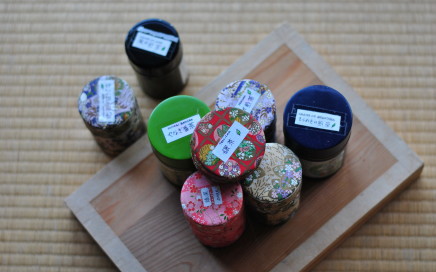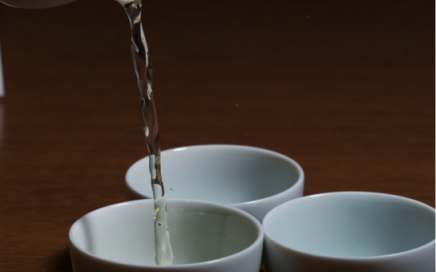
Tea Ware: Modern Western Tea Wares and Japanese Tea
More and more individuals are becoming enchanted by the Japanese tea room and ceremony service. Chado (the Japanese tea ceremony) searches for finesse in simple movement, and showcases elegance and purity in form. When coming to Japan, it seems as if these qualities are inherently ingrained within the lifestyles of the people. Coming to Japan […]

